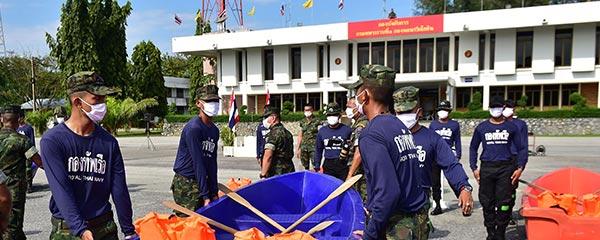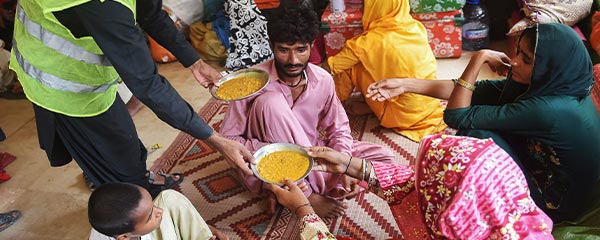LONDON -- The world of work remains a dangerous place for many people. According to , almost one in five people (18%) in the global workforce say they have personally experienced serious harm at work in the past two years, consistent with the figure from 2021 (19%).
But despite the prevalence of workplace harm, and the burdens it places on employees and employers alike, most of the global workforce has never had occupational safety and health (OSH) training (62%), compared with 30% who have received some in the past two years.
Organizations, governments and leaders of many kinds -- from businesses to OSH practitioners -- need to know about the full landscape of workplace harm so they can design better interventions that keep their workers safe, but globally comparable data on the topic have previously been lacking. New findings from the World Risk Poll fill this important data gap. Being seriously harmed at work -- whether through preventable injury or illness -- can affect people, workplaces, communities and the economy at large.
Reducing the prevalence of harmful accidents and work-related diseases has been proven to boost productivity, reduce costs by minimizing days lost to illness or accident, help companies build a reputation for being a good place to work, and enhance employee engagement.
OSH Training Linked to Increased Likelihood of Reporting Harm
The links between increasing rates of OSH training and declining rates of harm are complex, and many factors, in addition to training, contribute to building safe work environments. But data from the World Risk Poll highlight links between OSH training and the rates of reporting workplace harm when it occurs.
Holding other demographic factors constant, the chances that individuals who have received OSH training in the past two years will report harm (for example, to someone responsible like a manager or supervisor) when they experience it are significantly greater, by 3.3 times, than the chances that those who have never received OSH training will report it. The odds of reporting harm are also greater, albeit to a lesser extent, among people who have received OSH training but not within the past two years -- or are not sure when they received it.
This link between recent OSH training and the increased likelihood of reporting harm is crucial because just over half of all cases of serious workplace harm go unreported: 51% of those harmed at work in the past two years told someone responsible about it. It is essential that workers be -- and feel -- able to report harm when it occurs, so that leaders have a complete picture of workplace risks.
Training Varies by Region and Occupation
While global levels of OSH training are relatively low, the picture is more nuanced at the regional level. In Eastern, Southern, Northern/Western Europe; Australia and New Zealand; and Northern America, all of which are home to mostly high-income countries, majorities have received OSH training at some point in their careers, mostly in the past two years. Yet in the regions of Northern Africa, Southern Asia and Central/Western Africa, which are home to many low-income countries, clear majorities have never received training.
Certain job sectors are also disproportionately likely to miss out on OSH training. For example, 80% of all agricultural workers have never been trained, as well as 73% of fishers, even though fishing is one of the most dangerous occupations in the world. Over one in four (26%) fishers have experienced serious harm at work in the past two years, higher than in any other industry.
Bottom Line
New data from the World Risk Poll highlight the scale and hidden nature of workplace harm, but also the major opportunity to change the world of work for the better. Most of the world’s workforce has never had safety and health training related to their jobs, even though rates of harm at work remain high.
Yet nearly half of all instances of workplace harm go unreported, keeping much of the problem hidden from those with responsibility for tackling it. Having recent OSH training makes it much more likely that a worker will report harm when it occurs. Training therefore helps paint a clearer picture of workplace risks so that leaders can more effectively address them.
Read more about .
For complete methodology and specific survey dates, please review .
Learn more about how the works.




